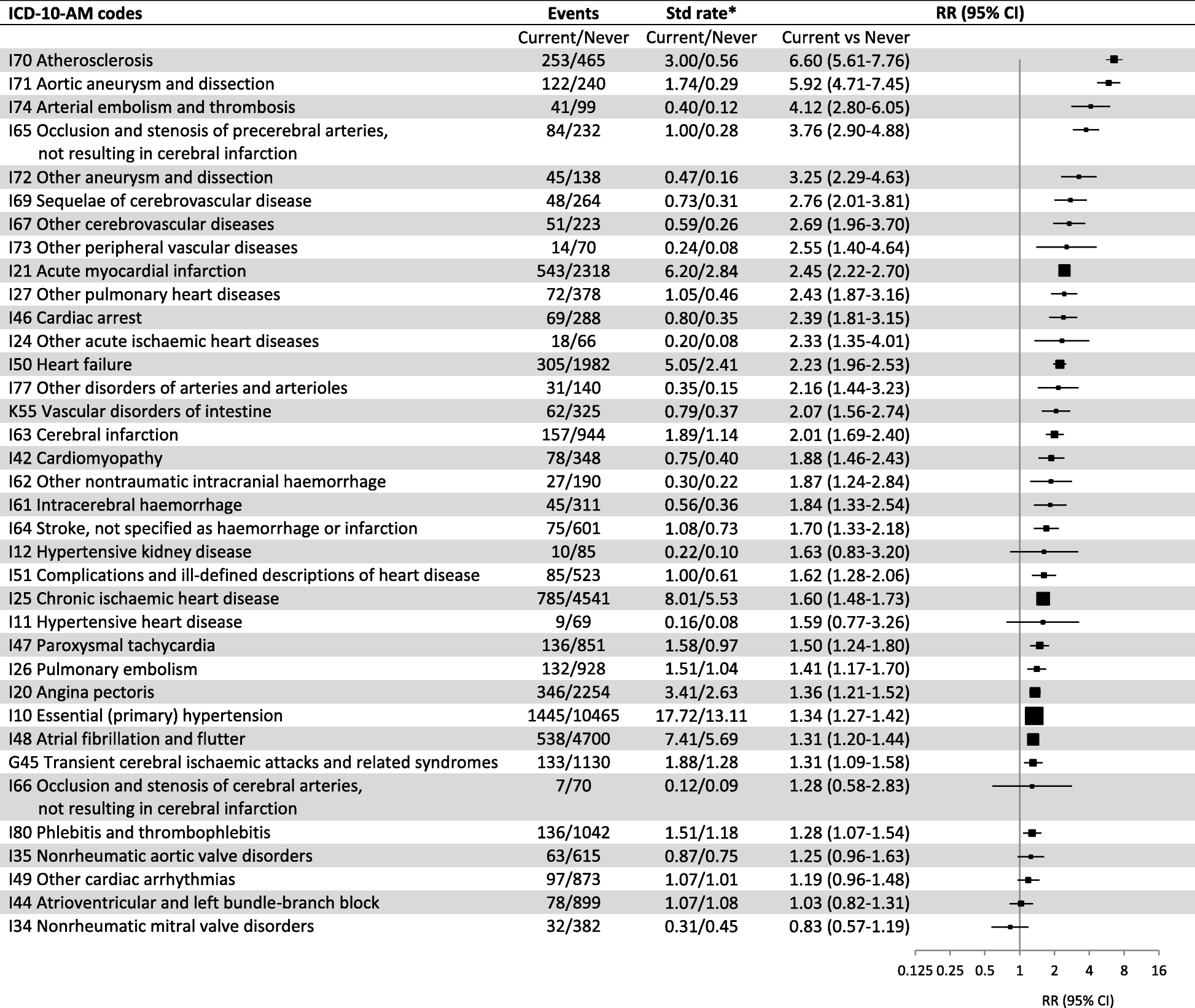

People should be able to enjoy all of their normal daily activities. Here are some commonly asked questions about living with paroxysmal A-fib. Share on Pinterest Normal daily activities should not be affected with a paroxysmal A-fib diagnosis, but certain activities such as driving should be discussed with a doctor. Prolonged or sudden stress can link to A-fib, so limiting stress and practicing stress-relieving exercises such as yoga can help. People should also eat a healthful and balanced diet and try to lose weight if they are overweight or obese.Īvoiding stress as much as possible is also a good way for a person to reduce their chances of developing A-fib. Giving up smoking and avoiding excessive alcohol will help limit the chance of a person developing paroxysmal A-fib. Most people will be able to go home on the same day, although others may be kept in overnight.īecause of the increased risk of complications occurring during surgery, doctors are likely to recommend that people who experience paroxysmal A-fib should take medication in the first instance. The person is usually awake during the procedure but some people may be sedated. These wires are then guided to the heart, where heated electrodes on the end of the wires scar the problem area.Ī person undergoing this procedure will usually be given a local anesthetic at the area where the wires are inserted. Scarring the area prevents this from happening.ĭuring this procedure, a doctor inserts thin wires called catheters into a vein in a person’s neck or groin. Paroxysmal A-fib occurs when heart’s electrical current reaches heart muscle that it wouldn’t normally reach, which causes irregular or erratic heartbeats. It is more commonly used for people who have been experiencing paroxysmal A-fib for more than 48 hours.ĭoctors will often give blood thinners alongside electrical cardioversion to limit the chances of a stroke during the process.Īnother procedure to treat A-fib, called catheter ablation, involves scarring the areas of the heart that are causing problems. This treatment aims to achieve the same goal as rhythm control medication.

difficulty speaking or understanding speech.numbness or weakness of arm, face, or leg, especially down one side of the body.If this is then pumped to the brain, it can clog an artery and cause a stroke. Blood can become static and can clot in the upper chamber of the heart. This is because A-fib affects blood flow around the body. According to the AHA, people who have A-fib are five times more likely to have a stroke than other people. In the most serious cases, paroxysmal A-fib can lead to heart failure or a stroke. So, if a person experiences a change in the rhythm of their heart, they should seek medical help right away. Most cases of paroxysmal A-fib will pass naturally, but A-fib can lead to serious consequences. An ECG test normally only takes a few minutes. A doctor uses the signals to identify any problems. The sensors detect electrical signals each time the heart beats.
Paroxysmal atrial flutter icd 10 skin#
However, a doctor will be able to diagnose the problem with a physical exam or an electrocardiogram (ECG or EKG).Īn ECG is a simple test that involves having sensors attached to the skin on the arms, legs, and chest. Even if the symptoms go away, it is important for people to have a physical examination and monitor their heart’s activity. If anyone is experiencing any of these symptoms, they should contact their doctor as soon as they notice them. Share on Pinterest Heart palpitations and shortness of breath may be common symptoms of paroxysmal A-fib.


 0 kommentar(er)
0 kommentar(er)
